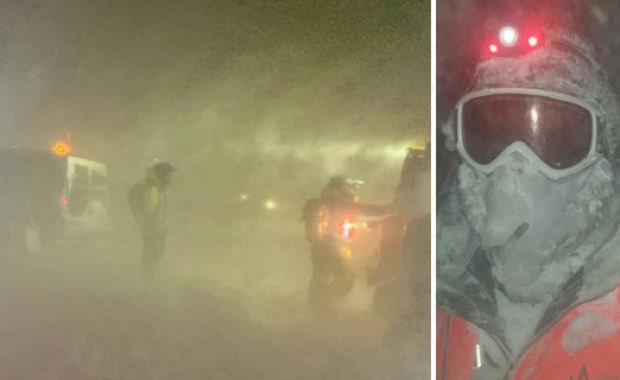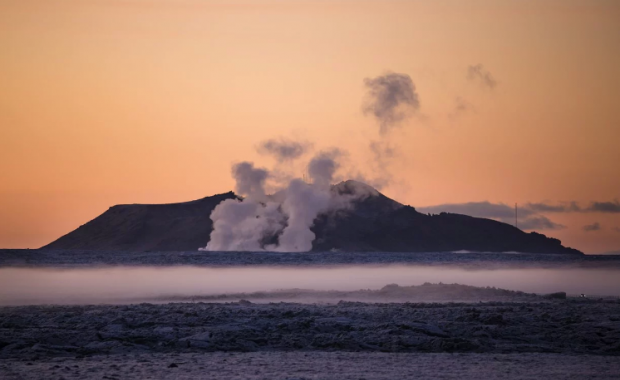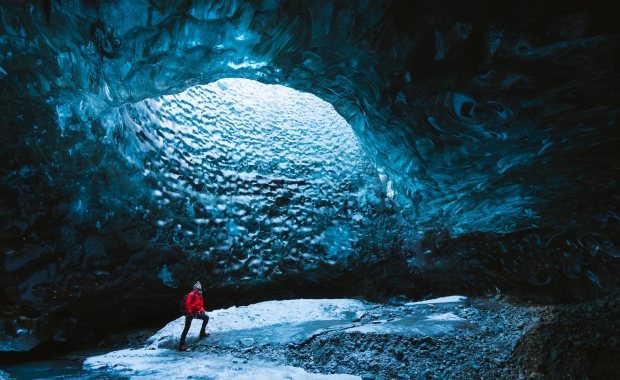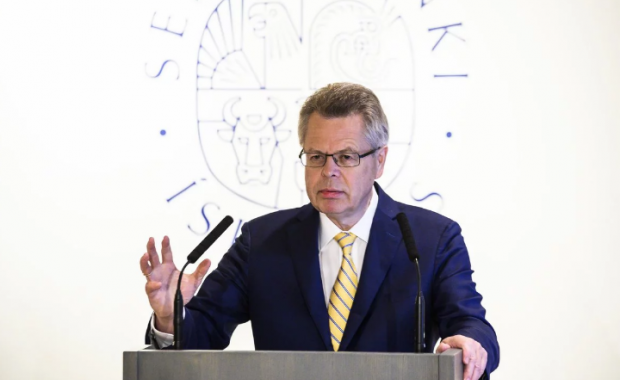A sharp earthquake swarm shook Iceland's largest volcano early morning. At 5:18 am a 3.1 magnitude quake was detected in the volcano. More than 40 quakes have been detected in the giant sub-glacial volcano in the past 48 hours, according to the Icelandic Meteorological Office. The epicenter of the activity has been in the eastern part of the volcano's caldera at a depth of only 100 meters (330 ft).

Read more: Quick primer on Bárðarbunga, Iceland's most powerful volcano
Bárðarbunga, which is one of the most powerful volcanic systems in Iceland, is hidden beneath the north-western part of the ice cap of Vatnajökull glacier. Bárðarbunga has been showing significant signs of seismic activity since the end of the 2014-15 Holuhraun eruption. The activity is believed to be caused by the magma chambers of the giant sub-glacial volcano re-filling.
Read more: Why the constant earthquakes? Iceland is slowly being torn apart
According to a seismologist at the IMO the night's activity was in no way unusual. A number of powerful quakes have been detected in the caldera since the end of the Holuhraun eruption, but there are no signs of imminent volcanic activity.
A sharp earthquake swarm shook Iceland's largest volcano early morning. At 5:18 am a 3.1 magnitude quake was detected in the volcano. More than 40 quakes have been detected in the giant sub-glacial volcano in the past 48 hours, according to the Icelandic Meteorological Office. The epicenter of the activity has been in the eastern part of the volcano's caldera at a depth of only 100 meters (330 ft).

Read more: Quick primer on Bárðarbunga, Iceland's most powerful volcano
Bárðarbunga, which is one of the most powerful volcanic systems in Iceland, is hidden beneath the north-western part of the ice cap of Vatnajökull glacier. Bárðarbunga has been showing significant signs of seismic activity since the end of the 2014-15 Holuhraun eruption. The activity is believed to be caused by the magma chambers of the giant sub-glacial volcano re-filling.
Read more: Why the constant earthquakes? Iceland is slowly being torn apart
According to a seismologist at the IMO the night's activity was in no way unusual. A number of powerful quakes have been detected in the caldera since the end of the Holuhraun eruption, but there are no signs of imminent volcanic activity.






